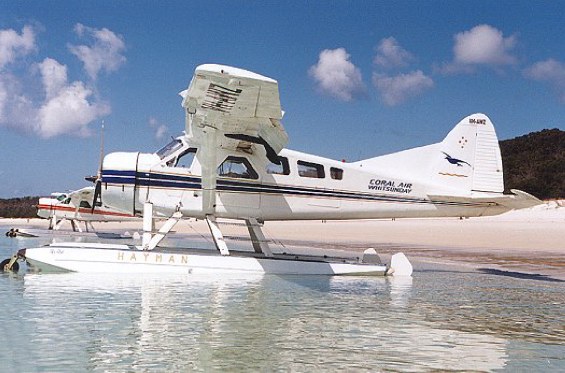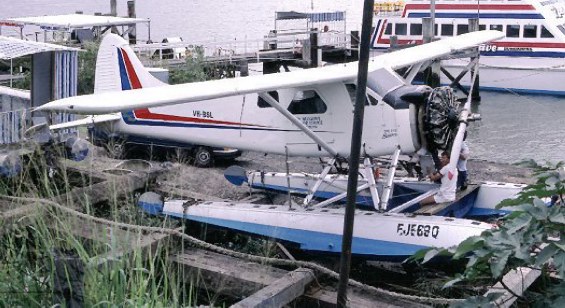|
1618
|
|
|
VH-AWZ on long term rebuild at Cowra, NSW.
|
|
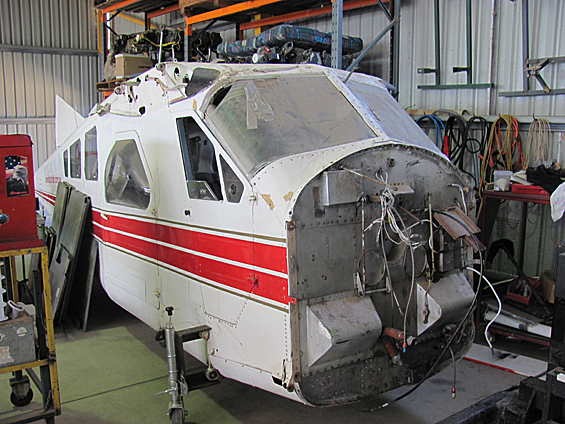 |
|
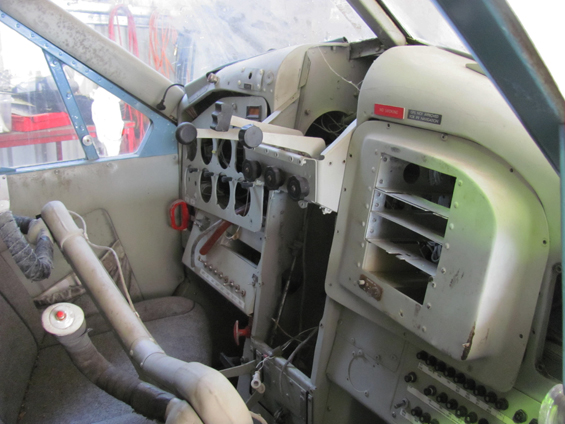 |
|
|
Photos: Michael Greenhill © 23 September 2011
|
|
|
VH-AWZ in Air Whitsunday maintenance area at Shute Harbour.
|
|
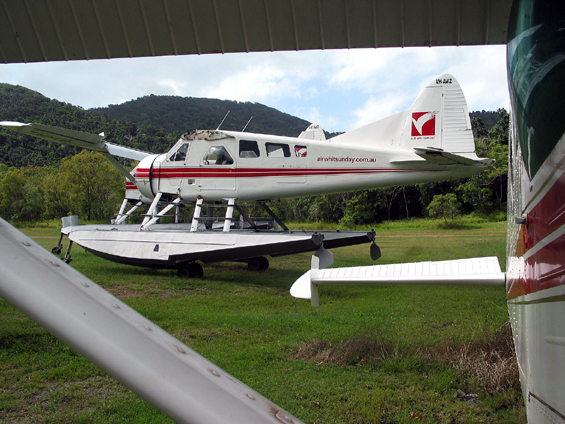 |
|
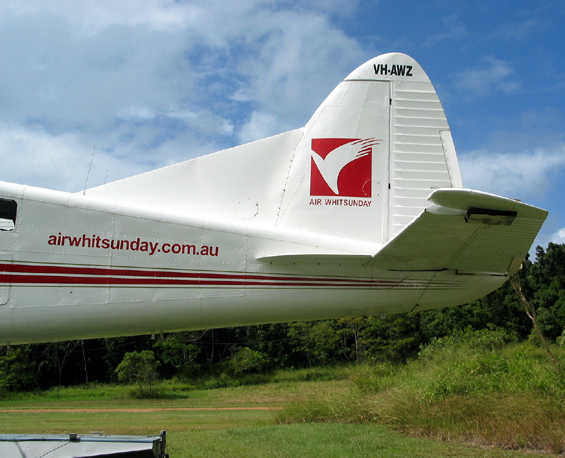 |
|
 |
|
|
Photos: Neil Aird © 29 April 2005
|
|
|
VH-AWZ at Whitehaven Beach, QLD. (with VH-AWR)
|
|
|
Photo: Lenn Bayliss © August 2000
|
|
|
VH-AWZ operating from Hayman Island, Queensland.
|
|
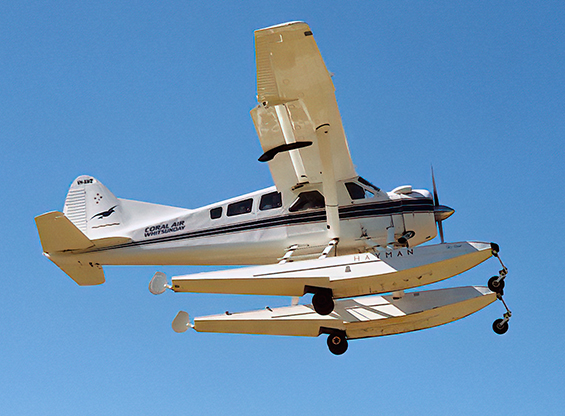 |
|
 |
|
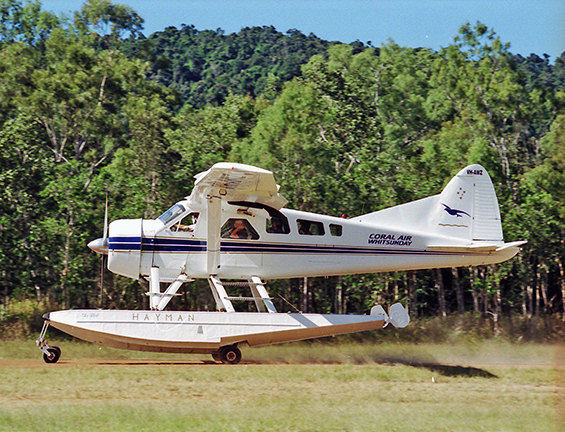 |
|
|
Photos: Bob Wiseman © 1997 - Lance Higgerson Collection
|
|
|
VH-AWZ taking a break at Whitsunday Airport.
|
|
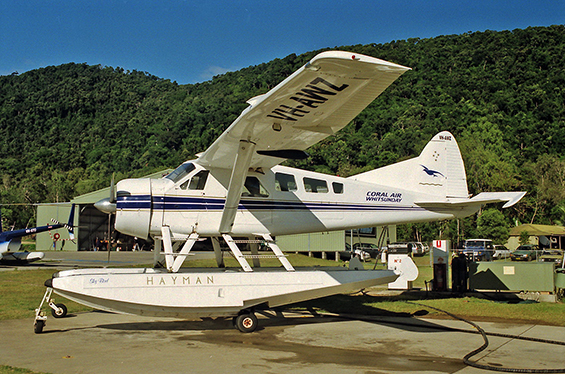 |
|
|
Photo: Bob Wiseman © 12 July 1997 - Lance Higgerson Collection
|
|
|
VH-BSL with minimum paint change.
|
|
|
Photo: Photographer unknown © November 1987 - Aird Archives
|
|
|
VH-BSL at Adelaide / Parafield - YPPF.
|
|
 |
|
|
Photo: David Tanner © 17 November 1985
|
|
|
VH-BSL in Benders liveries.
|
|
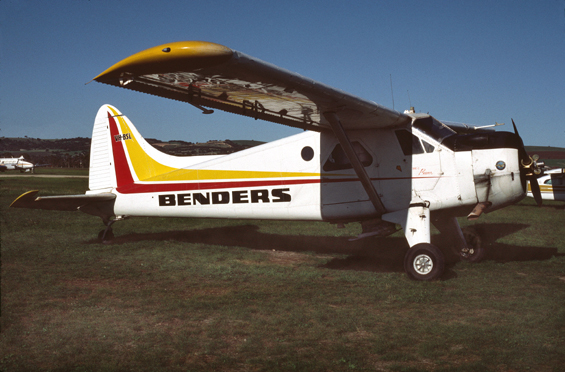 |
|
|
Photo: Marcel Walther © 16 April 1983 - Aird Archives
|
|
|
VH-BSL in her "Tassie" days.
|
|
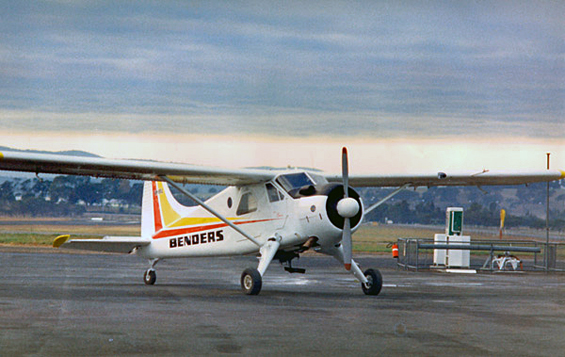 |
|
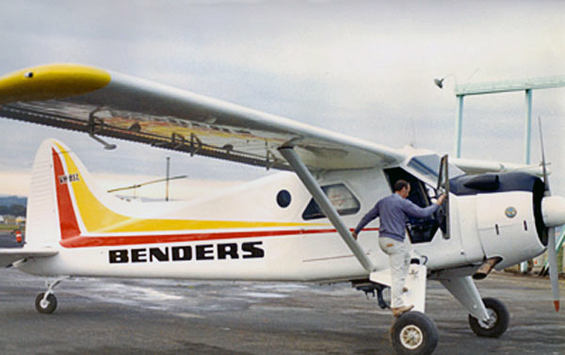 |
|
|
Photos: Verne Reid © via Eugene Reid and Nolene Watt
|
|
|
"Family Snap"
|
|
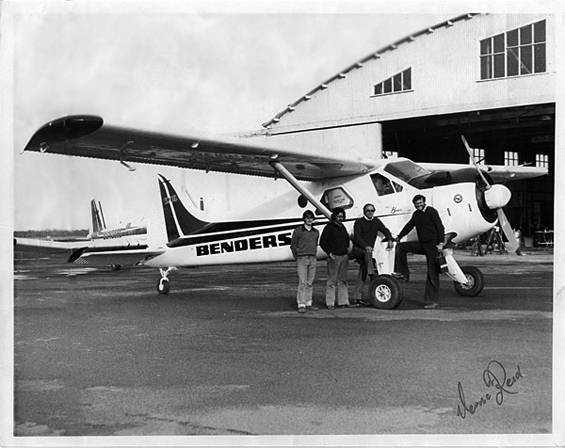 |
|
|
Photo: Verne Reid © via Eugene Reid and Nolene Watt
|
|
|
VH-BSL at Adelaide / Parafield - YPPF, with spray bars / booms.
|
|
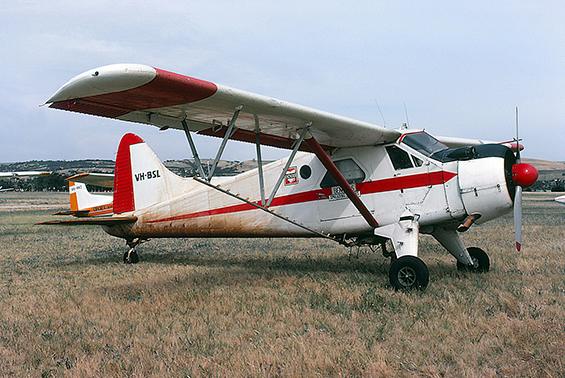 |
|
|
Photo: Robert Wiseman © 01 December 1979 - Lance Higgerson Collection
|
|
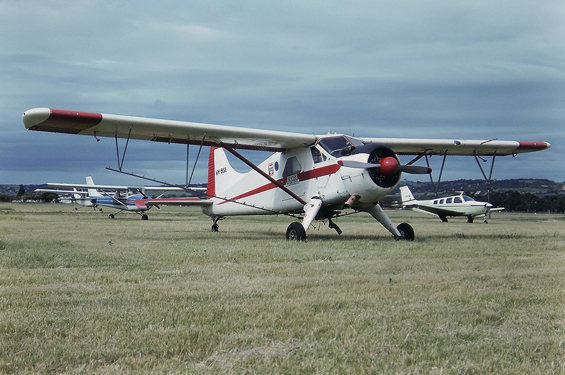 |
|
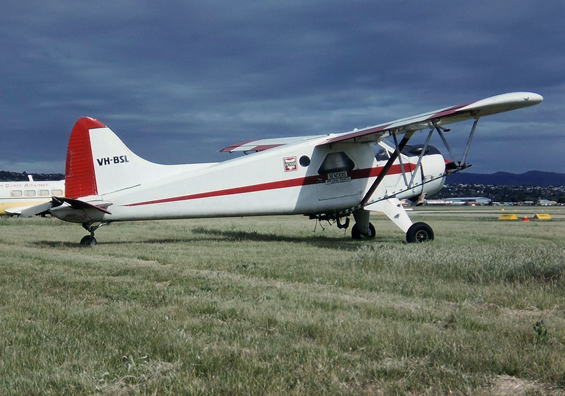 |
|
|
Photos: David Tanner © 14 October 1979
|
|
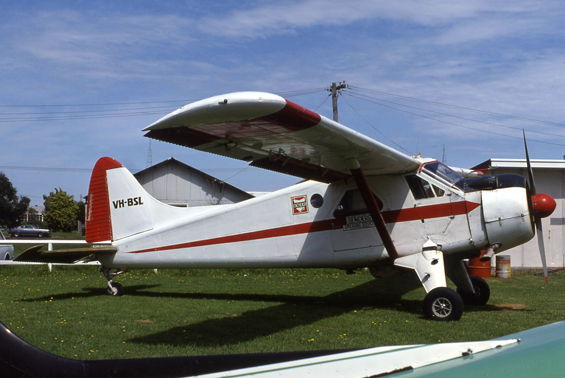 |
|
|
Photo: Unknown photographer ©
|
|
|
VH-BSL at Cambridge airport, Hobart, Tasmania.
|
|
 |
|
|
Photo: Unknown photographer © 1970's - John Rodger Collection - Aird Archives
|
|
|
VH-BSL with AIR-MIST, at Benalla, Victoria.
|
|
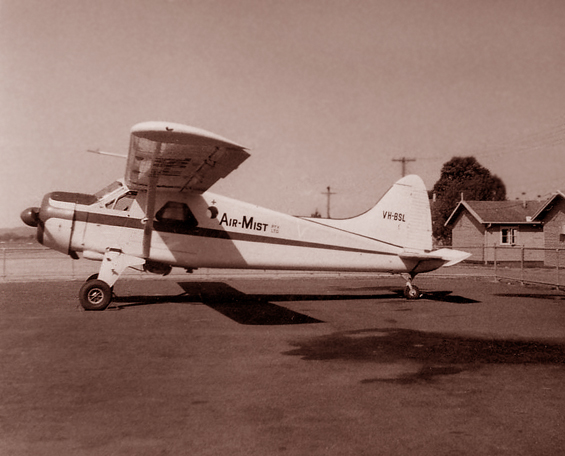 |
|
|
Photo: Reg Cosier © early 1970's - via Matthew Cosier
|
|
|
VH-BSL with Benders, at Launceston - YMLT, Tasmania.
|
|
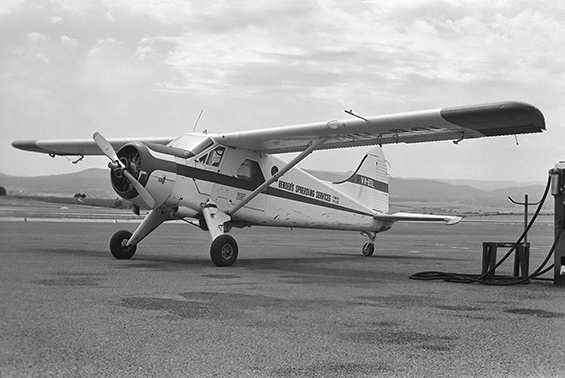 |
|
|
Photo: Unknown photographer © 08 January 1969 - Aird Archives
|
|
|

